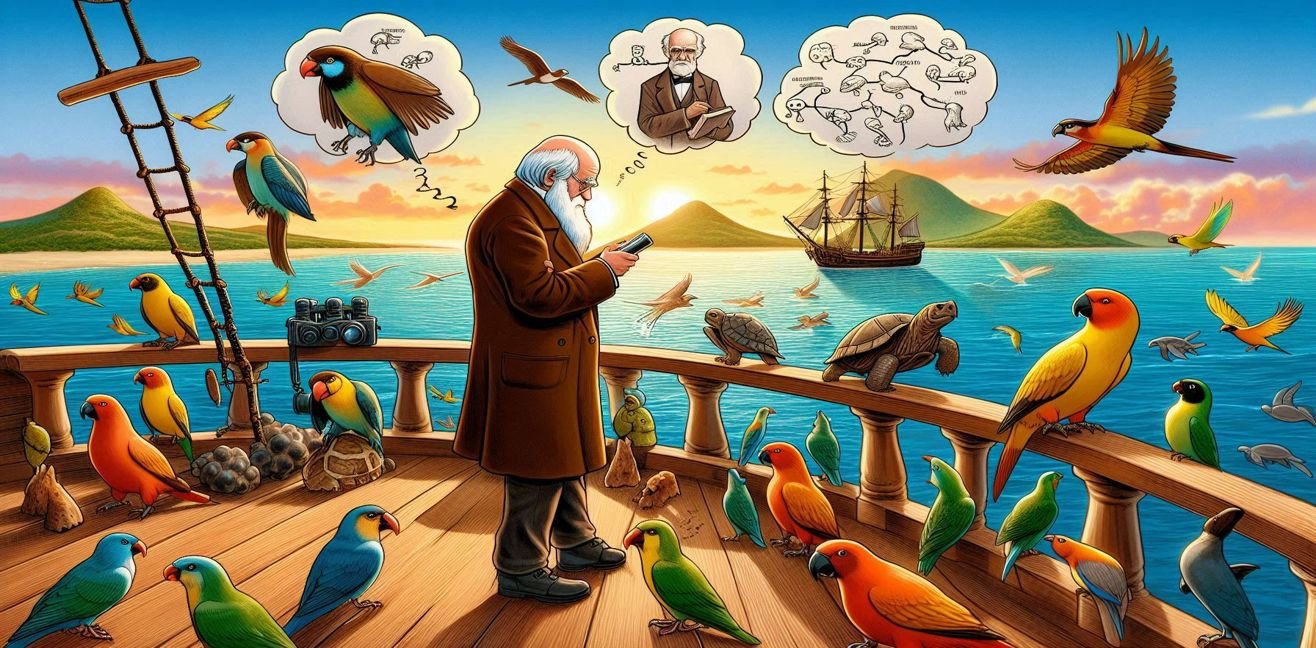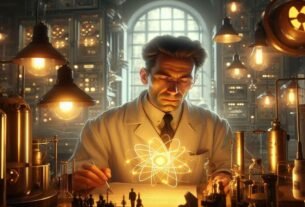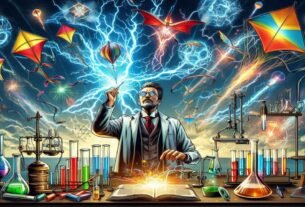Dear science enthusiasts 💫, today I’m taking you on a journey to one of the most revolutionary discoveries of the 19th century! Fasten your seatbelts, because with Darwin’s ship Beagle, we’ll explore not only the oceans but also the hidden secrets of natural history. ⛵🌎
Charles Darwin: The Curious Explorer of Natural Science
Charles Darwin (1809–1882) was born in Shrewsbury, England. Although he initially wanted to study medicine, he couldn’t tolerate the smell of the laboratory and turned to natural history instead. 👨🔬 What made Darwin’s life extraordinary wasn’t just observing nature, but analyzing its patterns systematically.
In 1859, he published On the Origin of Species, causing a revolution in the scientific world. The book framed biology in a mechanical and causal way, claiming that living beings change over time and that species are not fixed.
Natural Selection: The Engine of Evolution
Darwin’s most famous contribution is the concept of natural selection. Think of nature as a kind of exam jury, and living beings are tested every single day. 🏆
Natural selection relies on three main components:
- Variation: Individuals within a species are genetically different. For example, some butterflies are darker, while others are lighter.
- Heredity: These differences are passed on to the next generation. If dark butterflies reproduce more, the dark-colored population increases.
- Differential Survival and Reproduction: Individuals better adapted to their environment survive and produce more offspring.
Examples:
- Galapagos finches: Different islands produced finches with different beak shapes; long beaks suited for catching insects, short beaks for cracking seeds.
- Industrial melanism in butterflies: During the Industrial Revolution in England, dark-colored butterflies had an advantage as trees darkened.
In short, “survival of the fittest” summarizes the process. But of course, nature is more complex; genetic surprises, mutations, and environmental changes accelerate the evolutionary dance! 💃🦋
The Galapagos Islands and Darwin’s Inspiration
Darwin’s 1831–1836 voyage on the Beagle triggered the birth of modern evolutionary theory. On the Galapagos Islands, he studied finches and tortoise populations on different islands and realized that geographically isolated species followed distinct evolutionary paths.
These observations showed that:
- Species are not static.
- Environmental pressures shape the morphology and behavior of species.
- Evolution is slow but continuous.
This also highlights the concept of adaptation: permanent traits that allow an organism to survive and reproduce in its environment.
Darwin’s Scientific Contributions
On the Origin of Species did more than introduce the theory of evolution; it made three major contributions to modern biology:
- Explaining Biological Diversity: Explaining species differences through natural processes rather than divine creation.
- Evolutionary Connections: Demonstrating relationships among species through fossil records and morphological similarities.
- Scientific Methodology: Using observation, comparison, and hypothesis testing to explain biological phenomena.
Thus, Darwin is not only a naturalist but also a pioneer of scientific thinking.
Evolutionary Theory and Modern Science
Since Darwin, genetics has made huge leaps. Mendel’s laws of inheritance, the discovery of DNA, and molecular biology have strengthened evolutionary theory even more. Today, evolutionary biology helps us understand not only changes in nature but also the dynamics of diseases, drugs, and ecosystems. 🧬💡
In Summary: Darwin’s Legacy
- Evolution explains the process of species changing over time.
- Natural selection is the engine of this process.
- Environmental pressures and genetic variation are the fundamental dynamics of evolutionary change.
- Darwin framed biology in a causal and scientific perspective, fundamentally changing how humanity understands nature.
Darwin’s message is clear: To survive, you must adapt to change. 🌱🦅




